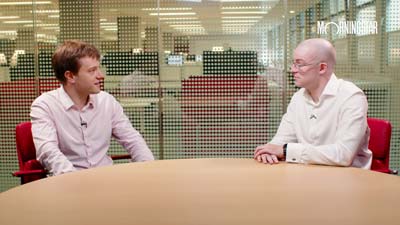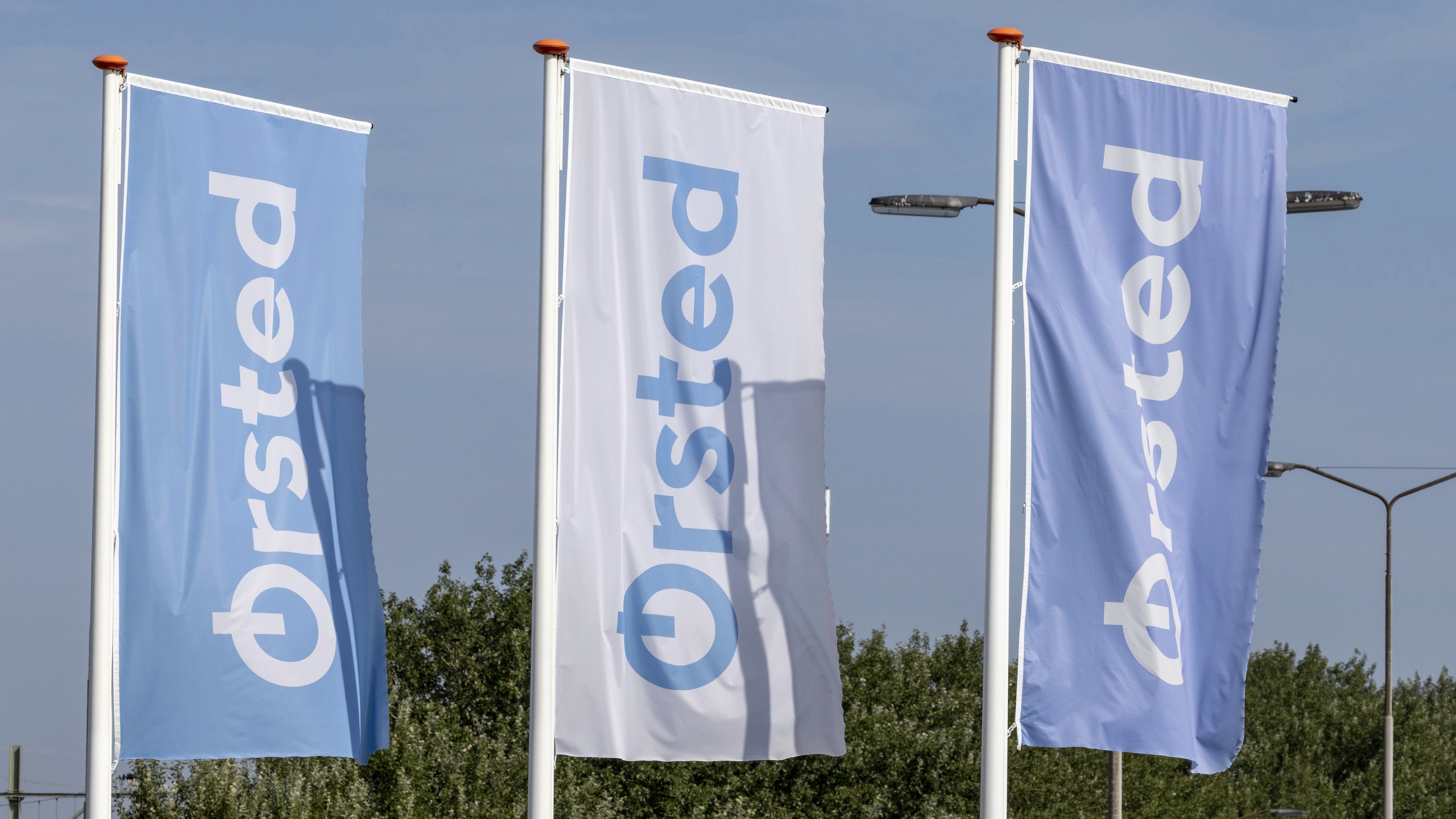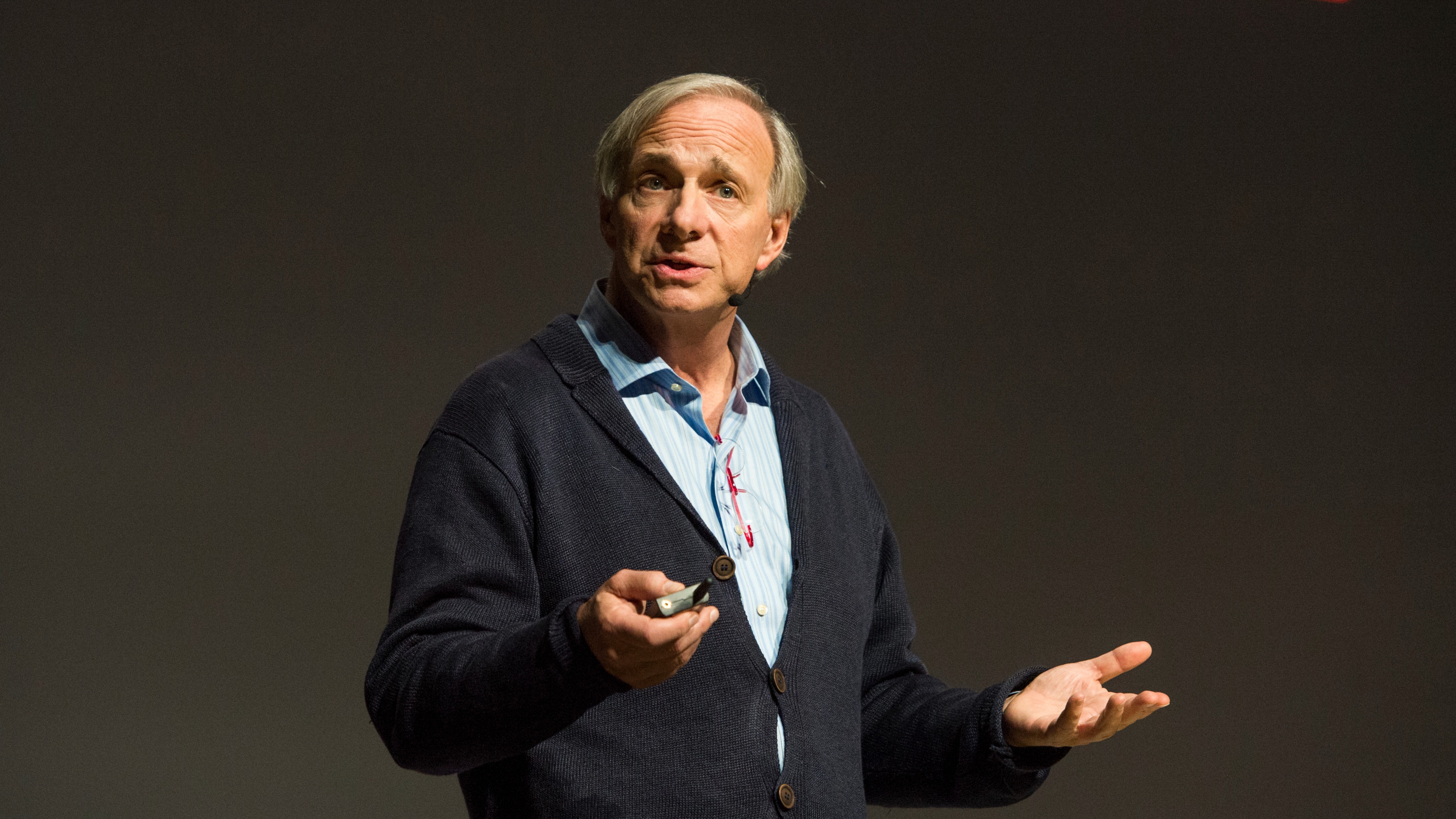
Despite fierce competition forcing down prices across the industry, a number of passive funds are still charging investors higher fees than their active counterparts.
Morningstar Direct data reveals that some index trackers are charging investors up to 1.5% - double the average fee of an actively managed fund.
Index funds are those which simply replicate a chosen benchmark – a great way to gain exposure to a variety of markets, be that the S&P 500, the FTSE 100 or, further afield, the Bombay Stock Exchange. “Index funds are an incredibly transparent vehicle,” Joe Parkin, head of sales at iShares, says. “They democratise investing, they are simple and easy to understand”.
But while they may be simple and transparent, some of these funds are incredibly expensive. “It’s a bit of a legacy issue,” says Rob Morgan, investment analyst at Charles Stanley, pointing out that some of the most expensive products are more than 20 years old. “But some index funds are uncompetitive for today’s standards.”
In an attempt to escape fund manager fees, savvy investors have flocked to passive investments such as index funds in recent years – a race to the bottom on fees means investors can now track popular stock markets for as little as 0.05%.
The Retail Distribution Review of 2012 helped too, banning pricey trail commissions and enforcing clean share classes, which would be cheaper for investors. Yet, while fund groups have introduced new share classes for their funds, many of the more expensive legacy share classes still exist, meaning that thousands of investors are paying more than they could be.
The worst offenders include L&G, Halifax and Scottish Widows whose tracker funds charge as much as 1.5% simply to copy the UK stock market. Morgan says: “Some investors really are getting the worst of both worlds – middle-of-the-road products with a high cost.”
Tracker funds are similar to ETFs in that they mirror the performance of a chosen index. They are known as passive funds because there is no fund manager making active decisions about where the portfolio should be invested. Investors are not paying for added value – also known as alpha – instead they are opting for beta, which is market performance.
Because of this, a fee of 1% or more is hard to justify, especially when research by the Financial Conduct Authority recently found that the average active fund charges less, at 0.75%.
L&G Tracker CTF is the most expensive UK tracker fund, according to Morningstar data, with an annual charge of 1.5%. This equates to a £15 on a £1,000 investment. Halifax and Scottish Widows are the next on the list, charging 1%. Virgin recently cut the fee on its UK Index Tracking Trust from 1% but investors still pay 0.6% to track the UK stock market through the fund.
Yet the Silver-rated iShares UK Equity Index fund has the same remit as these funds and charges just 0.05% - this is one-thirtieth of the L&G fund fee, and equivalent to just 50p on a £1,000 investment.
Ben Yearsley, director at Shore Financial Planning, says: “There is no justification for expensive trackers as they do exactly the same job as cheaper funds tracking the same index. Investors should vote with their feet and move their money elsewhere,” he says.
How Tracker Fund Fees Compare
Such high fees are particularly worrying when we consider how charges can eat into investment returns over time. If you invested £1,000 in a fund charging 0.1%, assuming no growth the fees would erode your money to £980 after 20 years.
With a fund charging 1.5%, your £1,000 would be whittled down to £739 after the same period – a difference of £241.
The high fees are particularly baffling for funds following easy-to-track markets. Matt Piro, head of product at Vanguard, says that the UK and the US markets are the easiest and least expensive to track, which should mean that funds tracking these indices are cheap. From the nd of September, fund groups will have to prove they are delivering good value for investors under new rules, and Yearsley says many of these pricey trackers may struggle to justify their fees.
Scottish Widows points out that the annual charge for new investors since October 2012 is 0.5%, but those who have held the tracker for longer have not been automatically moved to the cheaper share class.
“Investors should move out of these funds, or the fund group itself should take action and close them down or switch people to cheaper unit funds, when they can pay a fair price,” Morgan says.





























